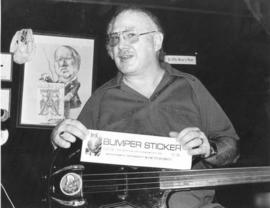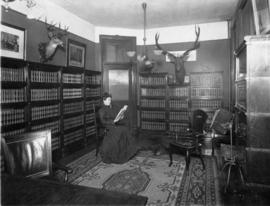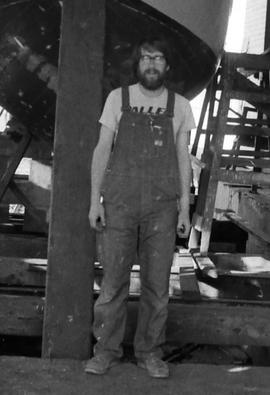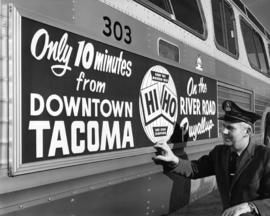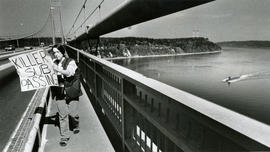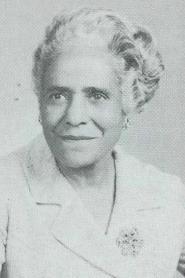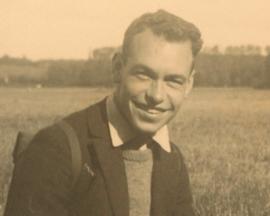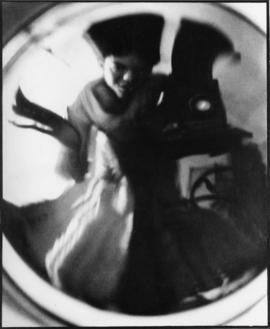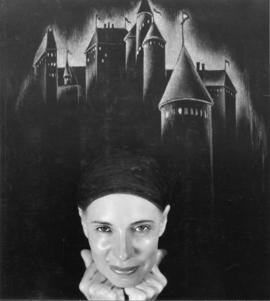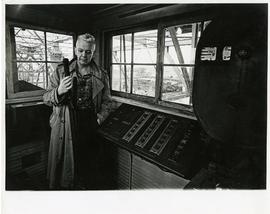- 2.3.2
- Person
- 1927-2004
Thomas “Red” Kelly was born on August 29, 1927, in Shelby, Montana, and moved around between various Montana orphanages from when he was a toddler until he reunited with his family at 16 years of age in Seattle. (1, 2) Kelly began learning to play the double-bass during his freshman year at Seattle Prep high school. (1) Jazz bandleader Tiny Hill was looking for a bassist while on tour in Seattle and hired Kelly to play. This sparked a more than three-decade touring schedule for Kelly which began with playing bass in Chubby Jackson’s Big Band in 1949. (1) During the early 1950s, Kelly toured with Herbie Fields, Charlie Barnet, Red Norvo and Claude Thornhill. Kelly also toured and recorded with Woody Herman’s band throughout the 1950s. (1)
Kelly returned to Seattle and then went to Los Angeles where he worked with Stan Kenton’s band as well as Med Flory and Maynard Ferguson, who would become lifelong friends. Throughout the 1960s, Kelly played with bandleader Harry James, where he struck up a friendship with famed drummer Buddy Rich. (1) Kelly married Donna Griswold in 1974 and they opened their own jazz club “The Tumwater Conservatory” while settling in Tumwater, Washington.
It was during this time, in 1976, that Kelly began his OWL party, based on the slogans of “Out With Logic” and “On With Lunacy”. (2) Kelly’s friends and family joined him on the ticket as Kelly ran a mock campaign for governor. He got 9 percent of the vote, which is a total “most third-party candidates can only dream of.” (3) Kelly and his family would wind up moving to Tacoma, Washington, and from 1986 until 2003, operated Kelly’s, a jazz bar, on South 11st Street and Tacoma Avenue South. (4) When not playing live shows with his various jazz-playing friends who would drop by the club, Kelly also ran for mayor of Tacoma under the OWL Party in 1989 and received 10 percent of the vote during a six-candidate primary. (3)
Wife, Donna, died in 1999 and Kelly closed his Tacoma jazz bar in September of 2003. (1) Kelly died on June 9, 2004, at the age of 76. Some of the well-known players Red Kelly played with during his life include Count Basie, Tony Bennett, Billy Eckstein, Duke Ellington, Woody Herman, Billie Holiday, Harry James, Stan Kenton, Charlie Parker, Buddy Rich and Frank Sinatra.
